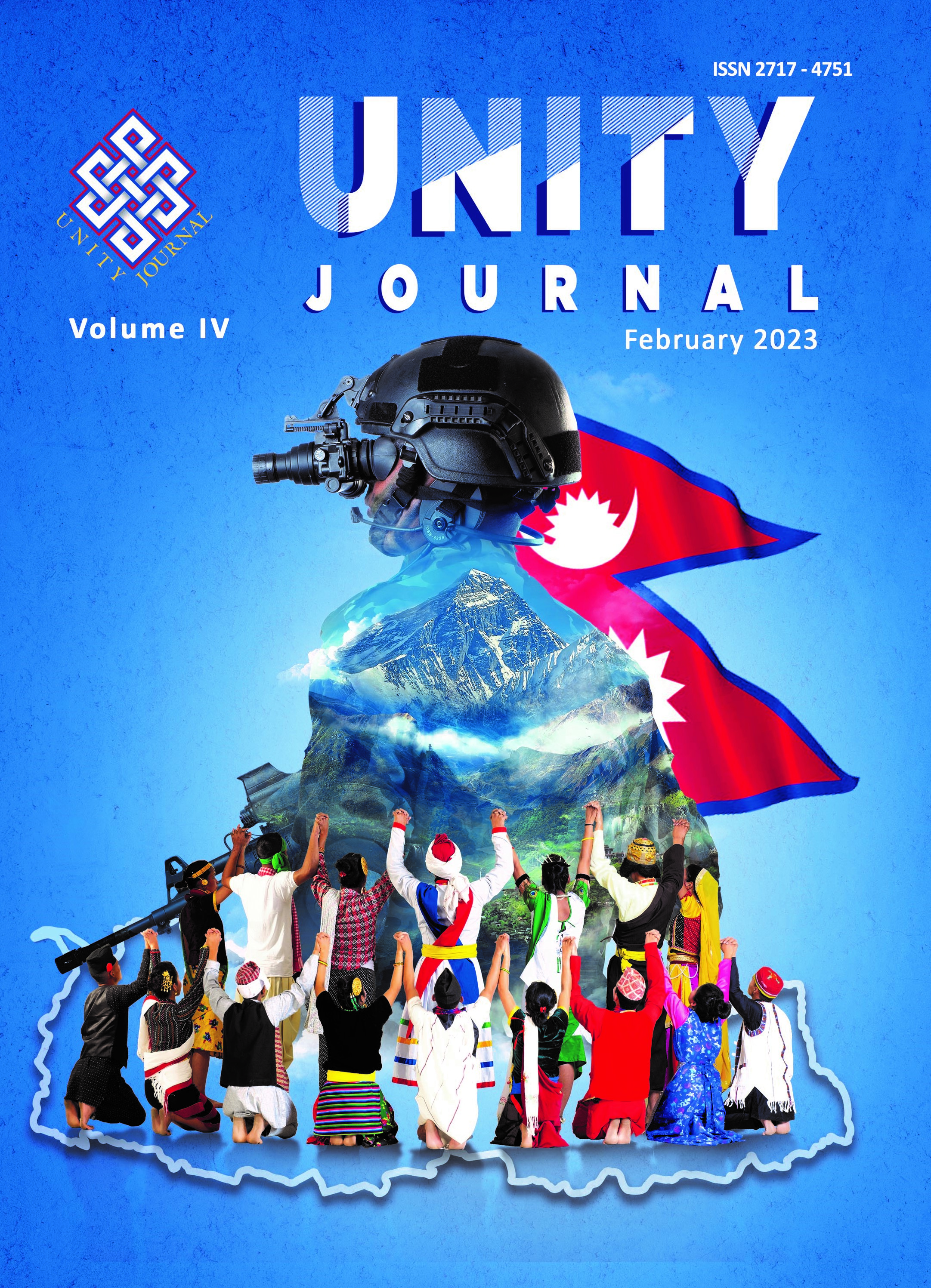Application of Artificial Intelligence in the Military: An Overview
DOI:
https://doi.org/10.3126/unityj.v4i01.52237Keywords:
contemporary challenges, security technology, Nepal, military strength, cybersecurity, artificial intelligenceAbstract
Modern-day research and innovation have expedited the proliferation of Artificial Intelligence (AI). Its impacts on society, economy, and power are ever-increasing. This paper highlights the remarkable advancements in the entire ecosystem of AI-associated technologies comprising machine learning, computer vision, natural language processing, robotics, brain-machine interface, etc., and their innovative usage in pioneering military technologies/strategies. This paper scrutinizes the unprecedented contingencies and challenges of AI application on three core facets of future defence, i.e., Autonomous Weaponry and Warfare, Intelligence, and National Security. Several powers in the “geopolitical chessboard” have already begun to exploit AI for military applications like intelligence analysis, surveillance, autonomous weaponry, reconnaissance, and logistics. This will eventually propel AI to be the new dimension of military strength evaluation and a pivotal entity for national security. This paper predicts the future of military applications, their constraints and challenges, and also recommends the steps to be pursued by technologically fragile countries like Nepal to acclimatize with these AI-induced transformations. The research will follow a qualitative methodology to analyse AI development and its military incorporation, challenges, and prospects. The review of the published articles, opinions, commentaries, and findings worldwide on AI-driven innovations underscores the results. In sum, the research aims to discuss the future of military applications in light of the burgeoning ecosystem of AI.
Downloads
Downloads
Published
How to Cite
Issue
Section
License
The articles rest within the authority of the Nepali Army. Only with the Nepali Army's prior permission, can any article in whole or in part from this journal shall be reproduced in any form.

